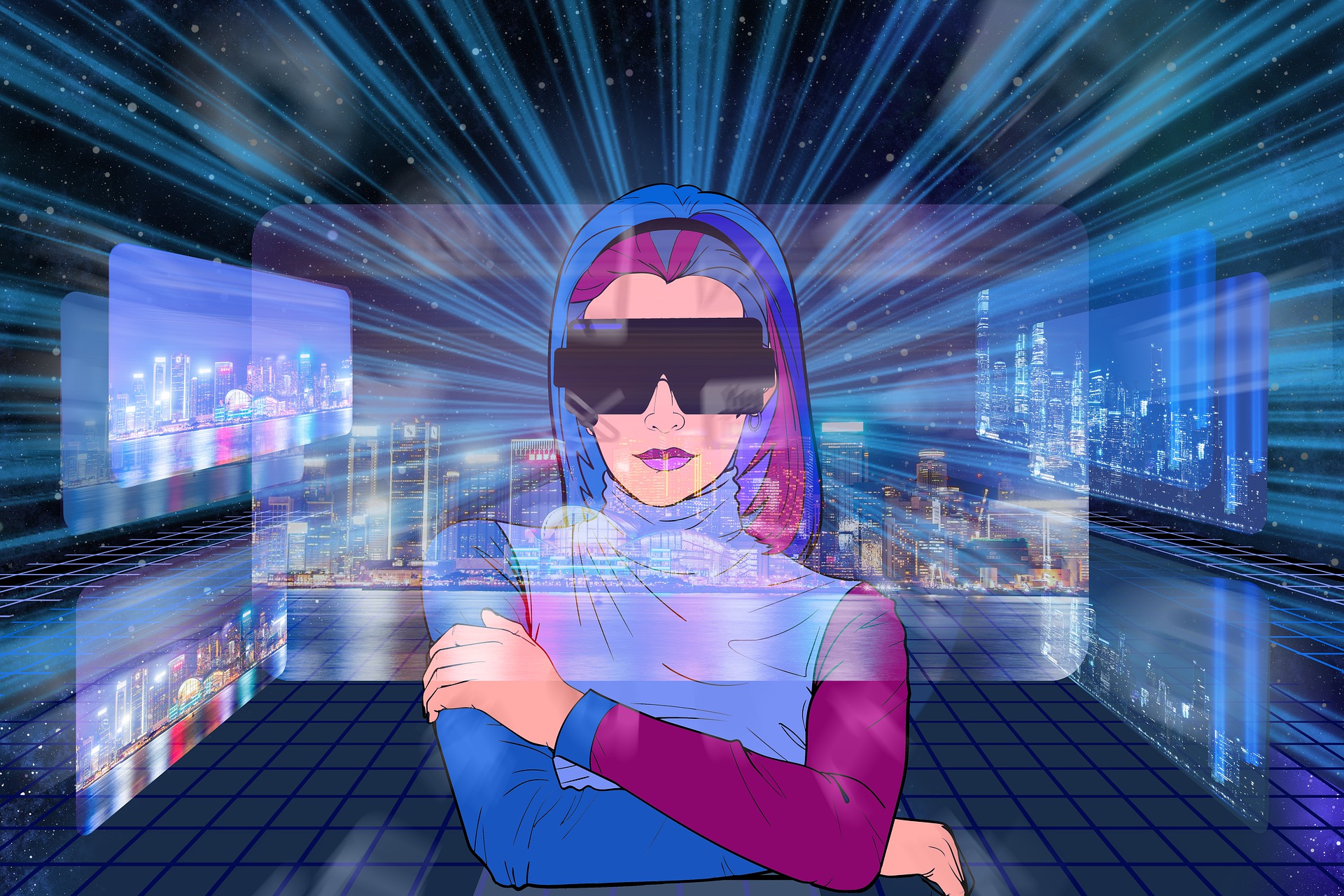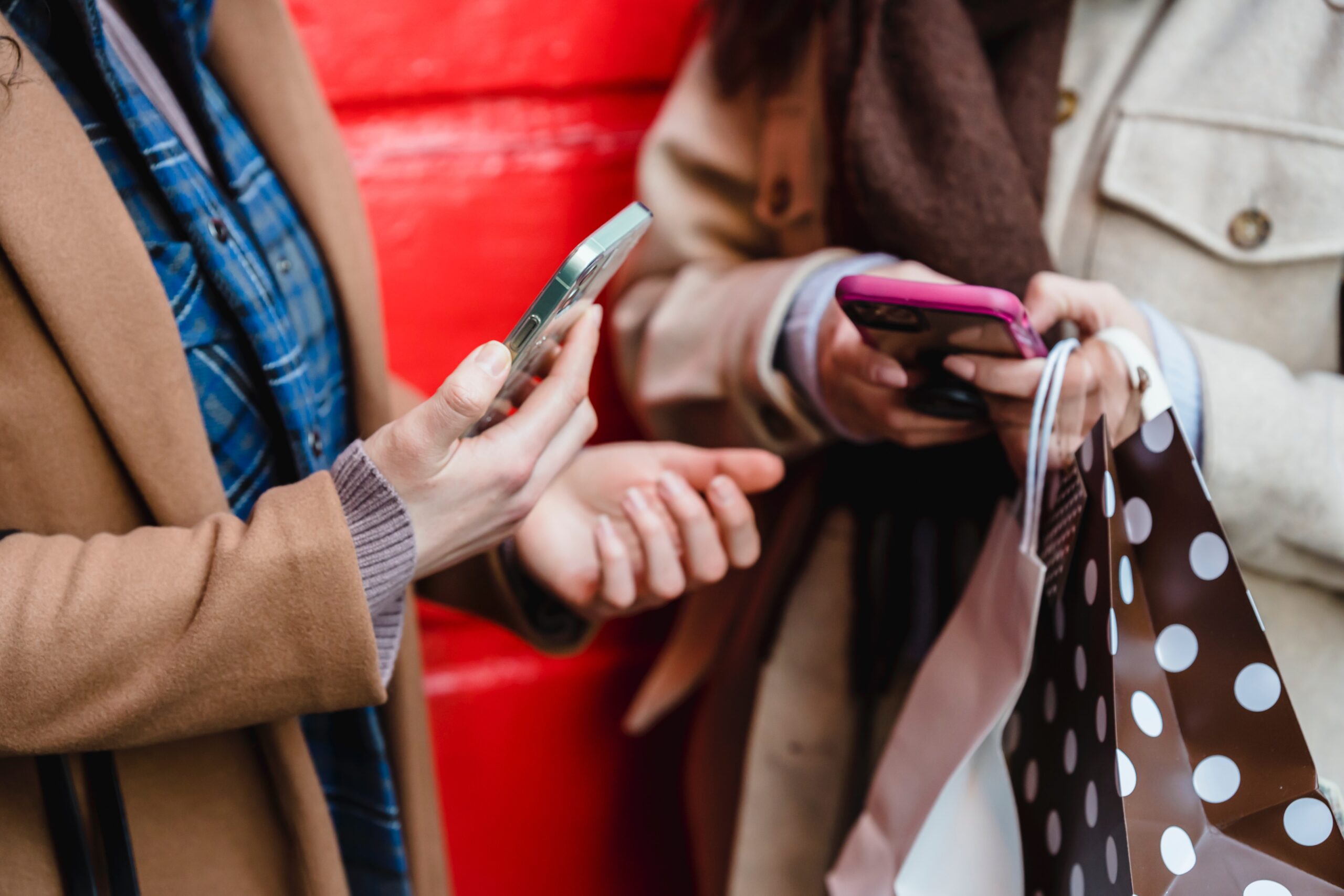Fashion & Luxury, what are the challenges nowadays?

Fashion & Luxury creations are always at the top of buyers’ wish lists, regardless of spending power. In order to continue to translate desire into purchase, fashion and luxury companies must also embrace digitalisation and become data-driven companies. An imperative that the Covid-19 pandemic has dramatically brought to the surface, driving brands to enhance customer relationship management (CRM) and e-commerce and innovations such as online fashion shows and live streaming shopping. Now the response due to the health emergency must become a strategic choice revolving around the customer experience across all channels of brand interaction, creating a phygital and omnichannel relationship that maintains a strong emotional component. The consumer spends not only on the product, but on the feeling that product communicates.
Technologies come to the aid of Fashion & Luxury companies with data analysis tools, virtual and augmented reality, blockchain and even metaverse to offer to the customer more solutions and platforms to meet the brand. At the same time, technologies – and in particular Big Data analysed with advanced artificial intelligence techniques – provide companies with a solid foundation on which to base their strategies. For brands, it is important to collect and manage customer data (starting with CRM systems) and analyse it in order to be able to activate services at the speed required by the market and implement new activities in a simple way in a logic of continuous innovation and creativity.
Moreover there is the focus on sustainability, which the fashion industry shares with every production sector in the digital and green transition path also inscribed in the Italian NRP.
Data analysis is once again the ideal partner for energy management strategies, carbon footprint reduction and supply chain monitoring.
Metaverse: ready for the future?

The metaverse is one of the most attractive innovations within the fashion world because it opens the door to a parallel reality ready to be embellished by fashion and design creations. The metaverse has entered the hi-tech scene in a big way since Facebook CEO Mark Zuckerberg announced about a year ago the new name of his company, Meta, and the strategy that focuses on the Web 3, the interactive web where our experience will not be limited to content of which we are passive users. In the metaverse we will be protagonists, acting through virtual reality headsets and avatars.
At the moment, the metaverse market is moving between enthusiasm and perplexity: according to the Wall Street Journal, Meta’s Horizon Worlds platform for accessing the metaverse has 280,000 active users against an initial target of 500,000 by the end of 2022. But regardless of this slow start, fashion companies have already begun to explore the potential of the new channel. For instance, one application that some brands are experimenting with is the interactive shop window: in the metaverse, products can be displayed and customers try them on via their avatars. It is not necessarily the case that in the meta-verse you get to sell clothes and items that have a hefty price tag, but being able to wear them to choose or even just to try on the ‘look and feel’ of the brand is an added value.
Another opportunity for fashion brands is to offer products for avatars, our alter egos in the metaverse: clothes, accessories, jewellery, tattoos, nails, make-up, and so on. The more relevant and original the offer is, the more the audience will be willing to pay to own, even if only virtually, a unique set of products.
In the area of inclusivity and body positivity, issues wher fashion is very focused on today, we can also benefit from the expanded possibilities of representation offered by the metaverse. According to a study by the Institute of Digital Fashion, 1/5 of users on the Roblox platform (one of the most widely used platforms to access the metaverse) change their avatar on a daily basis: they see this as a way to achieve greater involvement in the experience emphasising their personal expression. Almost 60% believe virtual worlds should be more inclusive and for 92%, customisation is key when creating avatars.
Phygital and Omnichannel, two sides of the same coin

If the metaverse is the future, the reality of the Fashion & Luxury world is already phygital, because it combines digital elements alongside an evolution of physical channels.
Fashion and luxury companies live from the shop – the boutique – and from the experience the customer gets when meeting the brand. After the lockdowns imposed by the pandemic, people want to go out, enter stores, see and touch products in person and engage with sales consultants in a real space. On the other hand, however, technological innovations and an increasingly digital customer mean that luxury brands have to pay constant attention to market developments.
E-commerce is now routine: for retailers, an online presence is also indispensable to make themselves known and let their collections be admired on a global scale, especially in countries where they are not physically present.
Fashion and luxury companies are also more aware of the need to do sales, marketing and customer relations across all touch points according to the Omnichannel model, just as they have now embraced the customer-centric approach that puts the customer’s needs at the centre.
However, to make these new ways effective, a mature vision is needed that incorporates data and Analytics as a key tool. You cannot serve the customer without knowing them through data analytics, and you cannot integrate contact channels without pooling data from these channels. This is the only way to make the Customer Experience smooth and satisfying.
This is why innovation is not only about technology, but also about a real organisational and cultural change that overcomes the separate management of online and offline channels. The digital data analysed and shared become the basis of a fluid dialogue within the various company departments, from the warehouse to Customer Care, according to the Headless Commerce paradigm that allows the customer to purchase the product at any enabled touchpoint, without having to conclude the purchase by force on the site, but being able to merge the digital experience with the physical one. Phygital and Omnichannel become two sides of the same coin and, in the most advanced cases, are integrated with the philosophy of customer centricity.
This is the case for Gucci and its Omnichannel customer service, a unique hub (called Gucci 9) that the fashion house has created in its Florence headquarters and where it connects its approximately 300 proprietary stores and its five global service centres to provide truly omnichannel customer service and brand relations. The technologies on which Gucci’s professionals rely are obviously CRM, but also the cloud and advanced Customer Intelligence services using data and Analytics. The result this year was a 150% increase in omnichannel sales with a doubling of the share of turnover of top customers.
The value of apps for boutique business

The fashion world has accelerated its digitisation under the pressure of Covid-19, which has cut off customer contact in the physical world. The digital channel makes possible to offer to current and potential customers the brand-identifying experience anywhere, anytime. Even today, as we return to the focus on in-store contact, online channels effectively accompany the customer to the physical store and provide them with additional services and experiences before and after the sale.
In DuneD we have conducted several projects in this Omnichannel and Phygital perspective for our Fashion & Luxury clients. For one of the large and historic Italian fashion brands, we created a solution to provide customers with digital support for booking a boutique appointment. In detail, we developed an architecture on Amazon AWS and realised a Custom Software to manage bookings in the three regions EU, USA and RoW, through an app accessible from PC as well as from mobile (smartphones and tablets).
In this way, we have enabled a new efficient and always available way of managing appointments. At the same time, this solution forms the basis for new business developments, such as the Virtual Client Advisor service, which the client always enables from the app.
Also in Fashion & Luxury, data boosts business
For another Fashion & Luxury client, which had already started its Digital Transformation three years ago, DuneD led a project directly linked to the adoption of the CRM system and Data Analytics, Marketing Automation and Artificial Intelligence technologies. We accompanied the business of this iconic Italian fashion brand step by step: first with the enhancement of the internal data assets, obtained from all the brand’s touchpoints; then with the adoption of a Marketing Automation and Marketing Intelligence system. The result is the development of a Customer-centric and Omnichannel approach, geared towards enhancing performance and strengthening the bond with the customer through the smooth management of all channels and offering a homogeneous experience.
Offering experiences is one of the most effective marketing techniques in the digital age. Creating experiences means establishing an emotional connection between brand and consumer – an almost compulsory marketing approach in an era where communication is fast and crowded with rumours, especially on social networks. The experience, whether in the physical or digital world, offers the opportunity to intrigue and engage the consumer in a direct way to motivate, provoke, inspire, excite and put them back at the centre of the brand dialogue. Customer Centricity means finding (even anticipating) what is useful, fun, exciting for the customer. Needless to say, to achieve this ‘wow’ result, the starting point is data and its exploitation with Analytics, AI and Machine Learning techniques.
Interesting Podcasts…
- Ravenous Fashion Podcast, italian podcast about fashion, marketing and sustainability.

Leave a Reply